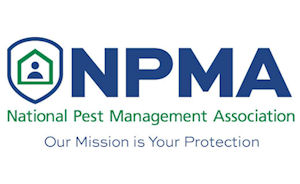 During its meeting in Washington, DC on March 14, the National Pest Management Association’s (NPMA’s) Board of Directors approved the organization’s Pollinator Best Management Practices (BMPs).
During its meeting in Washington, DC on March 14, the National Pest Management Association’s (NPMA’s) Board of Directors approved the organization’s Pollinator Best Management Practices (BMPs).
“In the wrong location, bees pose a significant public health risk,” says NPMA Chief Industry Relations Officer Andrew Architect. “For example, 500,000 people were hospitalized last year from bee, wasp and hornet stings. But there are steps that PMPs can take to minimize the impact on bees and pollinators. The BMPs were developed to provide guidance to our members to recommend common sense steps they may take to promote pollinator health.”
The Pollinator BMPs were drafted by NPMA staff and reviewed by the NPMA Technical and Public Policy Committees. Additionally, NPMA recently launched a new Web site, PollinatorFacts.org, designed to provide PMPs with focused content on pollinator issues. The site contains the BMPs, educational tools, customer education materials, label guidance, state pollinator plan information and a local ordinance playbook.
“NPMA understands the important role that pollinators, and specifically honeybees, play in our agricultural system and the invaluable effect they have on our food supply,” Architect says. “Unfortunately, there are significant threats facing honeybees today, including parasites, disease, habitat loss, and poor nutrition. Any decrease in bee populations is likely due to multiple factors. It may not be possible to pinpoint individual factors responsible for a given case of population decrease; however, we have made pollinator health an industry priority and have taken several steps to protect pollinators.”
To download a PDF of the Pollinator Best Management Practices, click here.
Leave A Comment